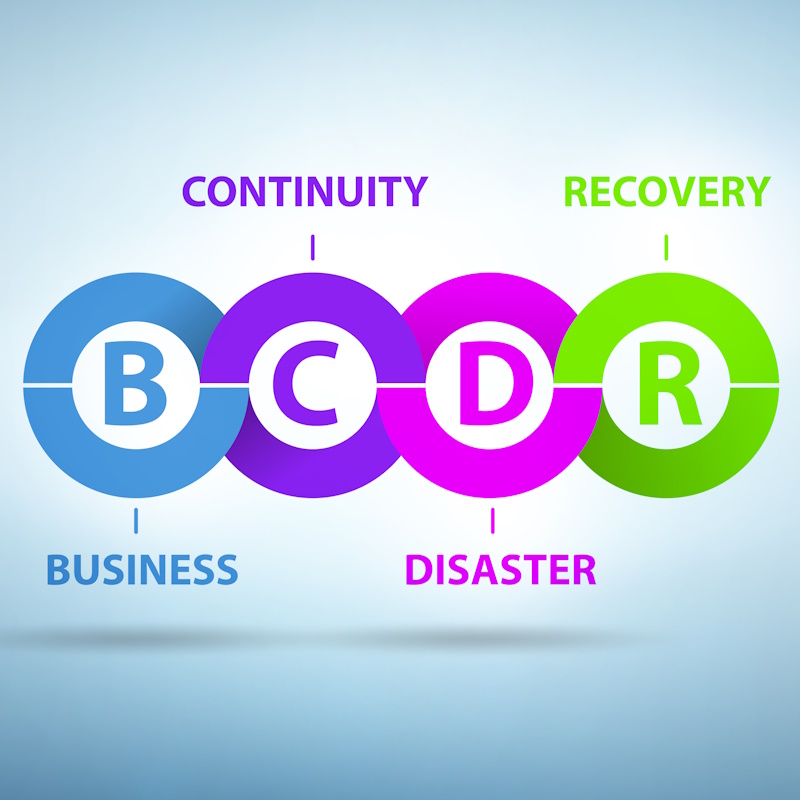Recent Posts
Categories

While you would not expect to hear discussions about trust from a technology company, we are not like most IT Companies. We understand that technology affects trust and impacts your people, processes and bottom line. That’s why we’re here to show you how to leverage trust to achieve your organizational goals.
In the IT world, when we talk about trust, we usually are talking zero trust! While that is equally important, it isn’t the topic of discussion here. Now, we will concentrate on how technology and processes help your business build trust with employees and customers.
According to Forrester Research, trust is confidence in the high probability that a person or organization will spark a specific positive outcome in a relationship.
Trust-Building RoadMap
Trust can have a significant impact on the success of your business and is worth taking a little extra time and effort to ensure it is a part of your culture. When trying to improve your organizational trust with employees, customers, and other stakeholders, consider these actions.
Cultivate Trust-Building in Your Culture
The most effective leaders cultivate an environment where employees feel free and openly discuss the latest, greatest, groundbreaking topics. This encourages and supports collaboration and innovation to support long-term success.
Trust Comes from Both Inside and Outside the Company
Trust can only be fostered inside the organization if the leadership is competent and has the employees’ best interests at heart. Employees must feel as if they are part of a team working toward a common goal. Transparency can earn trust from the perspective of an outsider. This entails being honest, open and accountable.
Build Trust with all Stakeholders
You want to focus on building trust with stakeholders who care about your product or service. This includes customers, clients, employees, and partners. It is important to know what they want from you and intentionally build trust with them in a way that resonates. This may be different for an employee versus a customer.
Quantify Trust
To begin quantifying trust, answer the following questions:
- What are the criteria and elements that go into deciding whether or not to trust someone?
- In a given scenario or relationship, how much trust is there?
- What factors contribute to increased or decreased trust?
Proactively Invest in Trust
Investing in trust is an investment in your organization’s future. Protecting, strengthening, and nurturing trust extend beyond the company’s operations to its relationship with customers and partners.
Trust Management is Ongoing
The digital world has introduced a new challenge for businesses of all sizes: trust management. For leaders, this means an ongoing effort to assess and rebuild trust, sometimes from the ground up. This may seem like a daunting task, but it is inevitable and something that businesses must proactively undertake.
Many businesses do not value trust-building without realizing that it can make or break their organizations. Small and medium-sized businesses (SMBs) must strive to build trust among their customers, employees and partners to survive and thrive. However, keep in mind that even a careless mistake can damage trust, and when it happens, it can be difficult for a small business to bounce back.
To learn more about the topic, feel free to download our eBook



